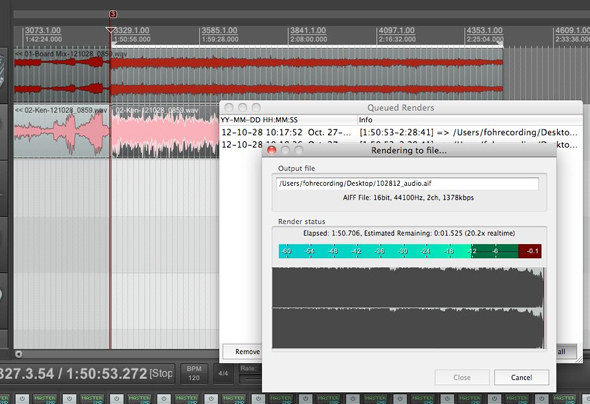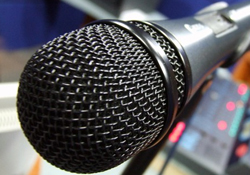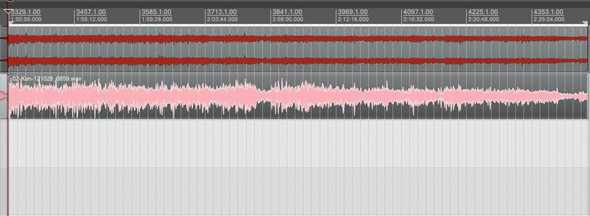I listen to a lot of podcasts. Several hours a week, I’m at the gym working out (which is why I’m so buff), listening to a podcast.
One thing that drives me nuts is having to constantly adjust the volume on my iPhone because the level of the podcast is all over the place. I used to listen to a lot of sermons from other churches; some large churches that you would have heard of, others were smaller.
But I stopped after a while because so many of them had terrible audio. The levels were inconsistent, or distorted, or noisy, or there were other issues.
Now, it’s true that many churches have this dialed in. But I get e-mails from people fairly regularly asking for help in getting the sermon sounding good online.
So I figured I’d let you into our process, which I think creates some pretty decent sounding podcasts.
But before we get to the how, let’s consider the what. What do we want to accomplish?
Squash It!
I can’t stand music that is over-compressed, with all the dynamic range taken out (which is why I tend to listen to older music). However, when it comes to podcasts, I really don’t want dynamic range. When I’m huffing and puffing on the elliptical, I don’t want to keep turning the volume up when the pastor gets quiet, and having my ears blown out when he gets loud again.
Others may disagree with me (and I’m sure we’ll hear from some), but I want to limit my sermon podcast’s dynamic range as much as possible. I’ve found this makes the audio far easier to listen to in the car, on the computer, on a walk or at the gym (which is where people tend to listen to them).
There are many ways to get to a very limited dynamic range, and we’ll talk about them in the next post. But here is something interesting. You might worry about loosing the cues that come from varying levels of speech if the dynamics are squashed.

As the pastor softens up and gets quiet to make a poignant statement, you may think it needs to be quieter. However, I’ve found that the tonal qualities of the voice can convey those cues regardless of the level.
And let’s be honest, people are going to be turning the volume up to hear it anyway if they are in the car or working out. So my philosophy is to do the work for them, and keep the volume consistent.
Minimize File Size, Maximize Quality
I try to keep my sermon podcast file sizes down below 15 MB. They download quickly, even over 3G, and don’t take up a ton of room on the MP3 player. To get there, I use the LAME MP3 encoder—which is one of the best available. For a long time, I used VBR (Variable Bit Rate) encoding on my podcasts, with the quality level set to 20 (which equals roughly 48 kbps, average).
However, I recently learned that iTunes has a problem playing VBR files; well technically, it’s a problem pausing them. It seems that pausing a VBR-encoded file will cause iTunes to back up some amount of time before playing back. How much it backs up depends on how far into a program you are. It’s not the end of the world, but it is annoying.






















